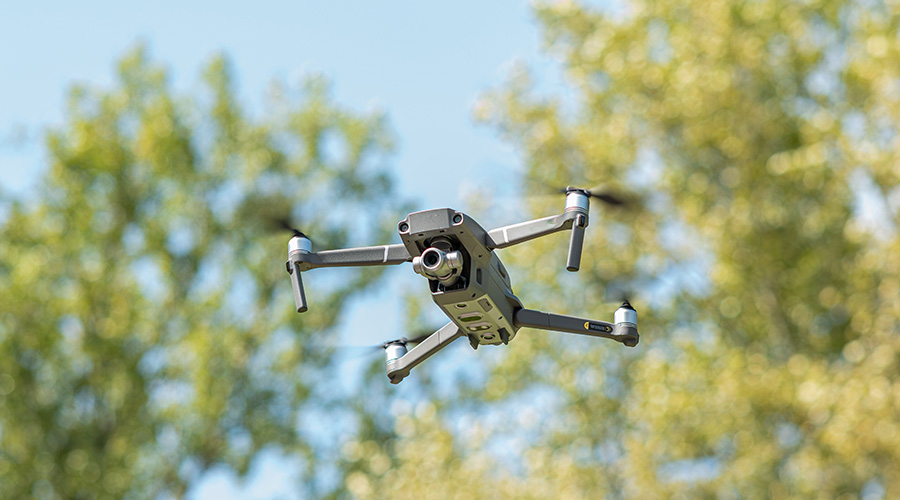
Cyberattacks Appear to Be Hitting a Low
Organizations remain vigilant against cyber attacks. April 29, 2025
By Mackenna Moralez, Associate Editor
Cybersecurity events are becoming all-too common. Companies have implemented rigorous training to thwart attacks, and while they still happen, successful attacks are happening less than what was previously reported, a study from BakerHostetler found. In addition, downtime has lessened, and payments are lower.
The average cost of a cyberattack is roughly $9.36 million, largely stemming from a combination of legal fees, data recovery costs and reduced employee productivity, Trava Security reports. However, that number is expected to drop as forensic investigation costs dropped 30 percent. According to the BakerHostetler report, forensic investigation costs for the 20 largest network intrusions declined from $550,000 to $273,000. In addition, class action lawsuits have slightly lessened, making it the first year in five years without an increase.
Less malware is being used in cyberattacks. However, use of compromised credentials is more prevalent. A study by Endpoint Ecosystem found that while employees do take cybersecurity seriously, there is still poor password hygiene, IT issues and inefficient processes for onboarding new workers.
According to the study:
- Twenty-six percent of employees write their work passwords in a personal journal, and 24 percent admit to storing passwords in the notes app on their phone. Seventy percent admit to choosing passwords that are easy to remember, while 20 percent reset their passwords every day.
- More than 35 percent of employees say security policies restrict the way they work, and 29 percent admit to finding ways to work around security policies. Forty-eight percent of workers believe they are more efficient using non-work apps like Dropbox or Gmail.
- Sixty-four percent of workers believe they will get fired for a data breach, while 57 percent believe their executives should be fired for a privacy breach. Twenty-eight percent know someone who exposed their employer to a data breach.
Human error is often the source of blame for security breaches because many employees are still forced to use personal devices while on the job. The Endpoint Ecosystem found that many employees believe that they have not been adequately trained to protect company data. Only 27 percent of employees reviewed security policies less than once a year, while 39 percent received security awareness training less than once a year.
Even still, it is rare that companies experience more than one ransomware attack, the BakerHostetler report found. It is believed that organizations who have fallen victim to an attack have learned lessons to prevent any future attempts. Organizations are becoming more resilient as they develop better backup strategies. Very rarely is it necessary to pay for a decryptor, BakerHostetler reports. If an attack were to occur, money is typically being spent to prevent publication of stolen data.
As cybersecurity is constantly evolving, many companies have shifted to access management models and modern security strategies such as:
- Restriction of network access
- Enhanced physical controls, such as restricted control areas
- Access entitlement that is appropriate to the job function
- Expanded use of automation and artificial intelligence tools for security operations
- Increased accountability among employees
- Enhanced identity and access management techniques
It is up to managers to regularly communicate with patients regarding how information is being used, stored, shared and protected. Taking extra precautions to protect everyone within an organization ensures that no one’s information is compromised. Every second counts during a cyberattack. Remaining vigilant and up to date on best practices to protect organizations is the only way to stay ahead.
Mackenna Moralez is the associate editor of the facilities market and the host of the Facilities in Focus podcast.
Next
Read next on FacilitiesNet












